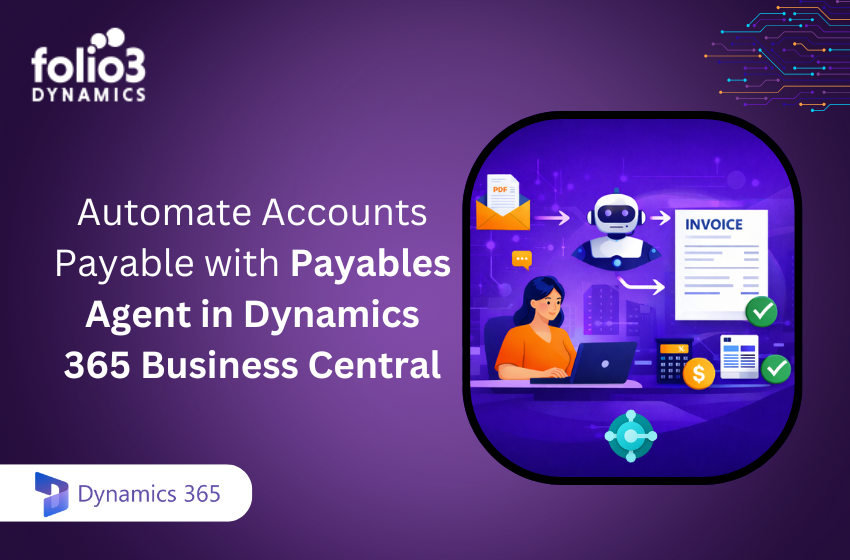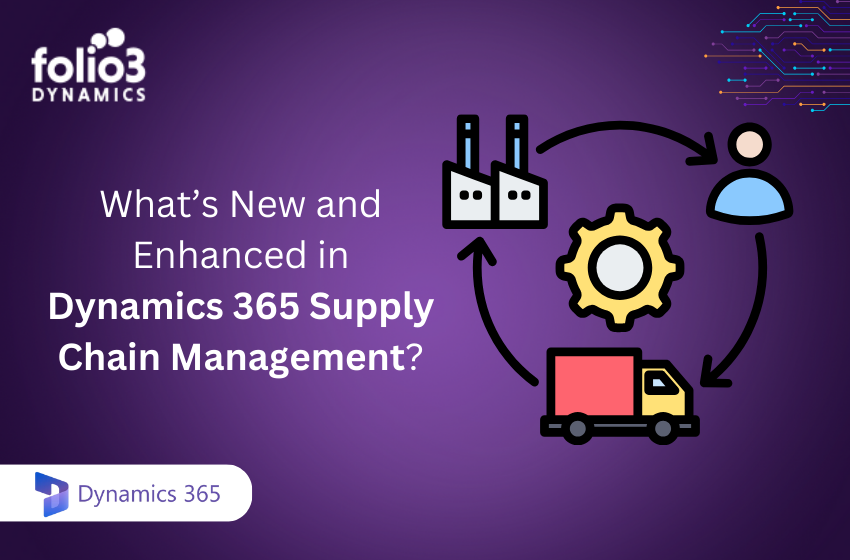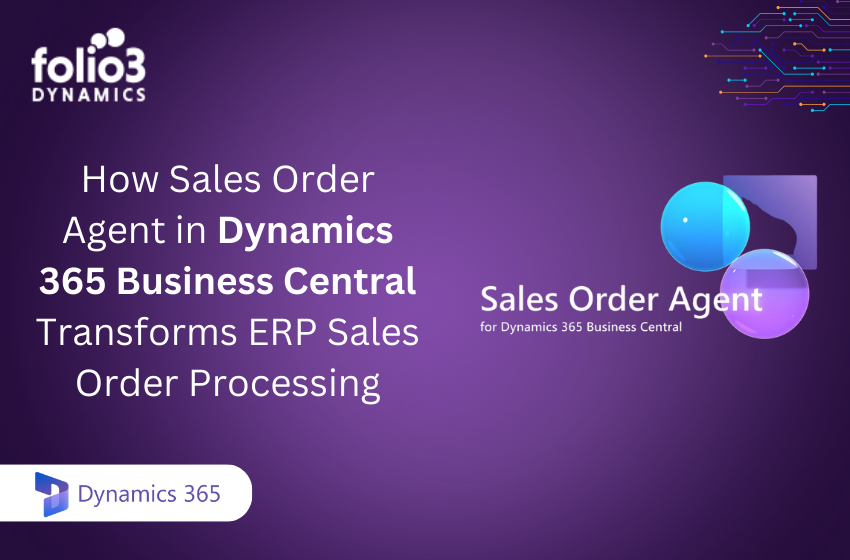Overview
Enterprise resource planning systems are an incredible way to centralize disparate processes of your business into one coherent system.
By implementing an enterprise resource planning (ERP) system in your organization, you can enhance your existing workflows and meet the demands of changing markets.
But, a single mistake during the implementation can cause you to lose millions of dollars.
Many organizations that make errors during the implementation lose millions and see a big drop in sales. It happens because they fail to address major flaws during the ERP implementation process.
However, you can avoid the same losses by making sure to address the challenges during your ERP implementation.
To overcome bottlenecks during the process, learn from the mistakes other organizations make and take preventative measures.
But, before you learn about the common mistakes that organizations make during implementation, let’s first understand:
When do ERP implementations Fail?
ERP implementations fail when organizations have unrealistic expectations, internal resistance, poor implementation plan, incompetent project managers, inadequate support tools, and vaguely designed training programs.
At the extreme end, the ERP systems become failures when they act up or their budget overruns, resulting in unexpected incurred costs.
The chaos that ERP implementation failure generates often strikes fear among businesses planning to renew or replace their ERP systems.
If you also fear the failure of the implementation process, you must not because the failure is preventable.
By learning about the root causes of some major collapses in the industry and the underlying reasons behind the unfortunate ERP implementation failures, you can prevent such breakdowns in your organization.
7 Famous ERP Implementation Failure Examples To Learn From
1. Revlon – Lost valuable sales
In 2019, the cosmetic giant Revlon implemented a new enterprise solution that was riddled with bugs. On top of that, the company’s poor preparation and lack of planning altogether turned the implementation into a fiasco.
The fallout of the erp system cost the company loss of valuable retail sales and hampered the operations.
Why did it fail?
The company reported many flaws behind the ERP implementation failure, one of which was the poor design.
Almost immediately after implementation, the new system handicapped Revlon’s ability to produce sufficient quantities of goods. Consequently, the company failed to fulfill some of the biggest retail orders.
Financial Loss
As the news of the company’s ERP failure went public, Revlon’s stock fell by 6.9% in a day. The poor ERP system caused the company a massive financial backslide with a net loss of about $70.3 million.
2. Nike – Loss of over $100 million
In 2001, Nike spent 400 million dollars implementing a new ERP system to upgrade its supply chain.
The software Nike implemented was i2 software. It was supposed to help the company increase production and meet the shoe market demands. However, the forecast the software made was wrong. As a result, the company ended up producing the wrong products in bulk.
Why did it fail?
Considering the i2 technology was smaller, the company did not take the needed precautions. It had not adequately trained its staff before the system implementation.
Plus, the i2 software was too cumbersome, unable to integrate with Nike’s existing system, and had many bugs. So, the company could not achieve the desired results and had a great loss.
Financial Loss
The failure of ERP implementation cost Nike a loss of $100 million in sales and a 20% fall in share price.
Additionally, it took 5 years and millions of dollars more for the company to overcome the loss and get the software up and running properly.
3. Avon – Project of $125 million failed
In 2013, Avon, another cosmetics producer, pulled the plug on its SAP ERP project. Instead of making processes easier for the organization, SAP ERP made operations too intricate for users to handle.
What made this implementation a failure was the inability of the company’s sales representatives to log into the system website.
Why did it fail?
The complexity of the system usability had a snowball effect. When high-level sales reps could not operate the system, all other workers gave up on the ERP.
Part of the failure was that the employees showed no patience for the complexity of the system and began signing off from the company.
Financial Loss
Avon probably incurred no financial costs out of this failure. However, the system was so complex to use that a lot of sales representatives walked out of the company.
It led the company to abandon its four-year SAP implementation of $125 million.
4. Lidl – dropped the €500m project
The discount supermarket chain, Lidl, decided to replace its legacy system with multiple interfaces, decentralized architecture, and many modules, which made it complex to run and maintain. So, Lidl installed a new merchandise management system SAP which first went live in the Austrian Store in 2015.
Then, it was planned to roll to 10,000 stores and 140+ logistics hubs.
However, after using the system for 7 years, the company could not continue with it and dropped its project and suffered a total loss of €500m or $580 million.
Why did it fail?
Lidl never showed the willingness to change its processes to align with the vendor’s best practices. The gap in the requirements became big.
Despite the company trying to bridge it, the ill-fated project began to decline.
Plus, the project took a time of seven years which was way longer than what Lidl could withstand.
Financial Loss
Because Lidl could not train its employees on the functionality of the new software, it suffered a loss of $580 million.
5. Hershey Candies – Unprocessed orders of $100 million worth
Hershey’s popular SAP ERP, CRM (customer relationship management), and supply chain implementation experienced a series of setbacks which eventually caused the system failure in 1999.
Why did it fail?
Hershey’s failure tracks back to two critical mistakes it made during ERP implementation. First, it wanted to complete the project in a short span, so the company set an unrealistic timeline. Second, it launched the system on Halloween, which was the peak season of the company’s sales.
During the peak season, the plan to change the resource planning was definitely a bad idea. Plus, the company did not provide adequate training to employees before cutting over the system. Hence, the failure became inevitable for the company.
Financial Loss
Despite having most inventory available in stock, the manufacturer failed to process “Kiss and Jolly Rancher” orders of $100 million worth.
Failed ERP implementation resulted in a 19% drop in profit for the company. Additionally, it saw a 12% drop in sales and lost market credibility.
6. National Grid
The power distribution company, National Grid, had planned to launch its much-anticipated SAP ERP system in November 2012. As the date approached, the company was not quite ready for deployment.
Despite that, the firm went on with the go-live date.
ERP system execution resulted in a catastrophic effect that rolled over to virtually every facet of the business. The kinks in the system became apparent when NG did miscalculations in estimating time, pay rates, and employee reimbursements.
Why did it fail?
Before going live, NG had no project management strategy in place to review design and architecture and sign off on them. Assuming that the vendor will provide this support led the company to miss deliverables and fail to test and validate the system.
Financial Loss
As a result of system miscalculations, the company spent $8 million on overpayments, got in debt of $12 million for short pay, and failed to process 15,000 vendor invoices.
In total, the implementation cost the company $585 million.
7. Hewlett Packard
Hewlett Packard, one of the leading computer hardware and IT companies, made a move from its disparate systems to a centralized ERP platform in 2004.
Following a similar plan and architecture, Hewlett Packard had finished 34 successful projects. However, this 35th project was fated to fall flat from the beginning.
The failure of ERP led to a decrease in value by 5% in the company’s revenue for its Enterprise Servers and Storage (ESS) group.
Why did it fail?
Before migration, each department in the company had its own system. The new system was a centralized one and required integration among departments – but employees had a hard time moving to the new way of doing things.
In addition, while moving the data to the new ERP, they were losing data on orders. This caused a delay in fulfillment time, leading to customer frustration.
Despite making quick decisions to fix the issues, HP’s fourth-quarter backlog reached $120 million.
Financial Loss
Due to ERP implementation fallout, HP’s ESS segment lost revenue of around $400 million and operating profit of $275 million.
Not only ESS, the company’s other areas, such as Business Critical and Storage, experienced setbacks because of the failure.
How to Avoid ERP Implementation Failure?
Many reasons go under causing ERPs to fail. Organizations anticipate so much from the implementations, but fail to turn those ideas into actions.
Ultimately, the ERPs fail to deliver the desired benefits.
But, what those failures are, and how your business can avoid them.
To get answers to these questions, let’s look at some common failures businesses had to deal with:
Failure to Define System Requirements
Without defining what objective you want to achieve with the implementation, you can never measure success.
The most significant factor for the success of ERP implementation is system requirements. Before you begin looking for ERP software, the first thing you should learn about is your business requirements, not just existing but future requirements too.
Talk to your managers and make a detailed inventory of what features you have and want to have in the new system.
List all your potential requirements in a document. Do not get impressed by bells and whistles. Instead, focus on what you actually need, the nuts and bolts of the system.
Then match the list with ERP features. Based on your requirements, search for the ERP vendor that provides the required features until you find the right fit for your needs.
Failure to Get Sufficient Implementation Funding
Implementing an ERP is usually expensive.
But, when you fail to budget and get enough funds before implementations take off, the implementation becomes too expensive for you to continue.
In order to overcome insufficient funding during implementation, always keep 25% additional contingency costs when estimating the budget.
Bear in mind that what you invest in the implementation initially is just the beginning. There are going to be more costs. You will need to have a budget for complimentary support as the process moves along, such as:
- Hardware, network, and other software architecture costs
- Customizations to the software
- Consultant contractor charge
- Continued support and maintenance cost
If you do not account for these expenses, your implementation is sure to break down.
Failure to Set Realistic Project Timelines
ERP implementation is generally a complex process, so its planning needs plenty of time. You need to spend enough time planning the project, and the timelines you set should be realistic.
Take an example of how Hershey became a victim of this blunder when it attempted to squeeze the long implementation process into an unreasonable short timeline.
Another mistake it made was scheduling the ERP system cutover during the peak of its trading season- Halloween- which was a surefire failure.
Hershey’s failure clearly depicts how hasty decisions contribute to ERP system failures. If you do not set enough timelines for implementing, testing, and cutting over the software, your chances for failure remain higher.
Failure to Select a Good Project Leader
It is important for you to select a competent and detail-oriented project manager for the implementation.
Unsubstantial knowledge means you are at the disadvantage of failing to execute the system in your organization sooner or later.
To reduce the chances of failure, choose an experienced project leader. Your ideal project leader will have great organizational skills and the capability to understand the daily operations of your organization.
S/he will also have the trait to build relationships with external and internal stakeholders to encourage collaboration for the successful projection of the new system.
Failure to Capacity Plans
One reason why many organizations face ERP implementation failures is that they do not plan and allot resources to their teams adequately.
Avon’s implementation failed because of one such reason. The company had not trained its teams to handle the system. Thus, the users became so overwhelmed with the system complexity that they gave up on their jobs.
ERP implementations usually take months, so businesses should be ready to designate their best teams for the project. The teams need to spend a minimum of 50% of their working hours and learn to operate the system before any go-live activities.
Failure to Focus on Project Outcomes
ERP implementation is not just about bringing a new system to the organization. You implement the new system enterprise-wide to replace the underperforming systems and overcome limitations.
In order to gain the maximum advantage of the implementation, you need to identify process breaks, redundant data storage, functional restrictions, and integration gaps.
To bridge the gaps, map out your current processes, the results you expect out of them, and if there is a more effective way to accomplish those tasks.
Be open-minded and accept an objective perspective from your vendor, who must have already worked with many companies and can offer valuable insights on how to improve results.
Failure to Look for the Right Implementation Vendor
ERP vendors play a major role in identifying issues and underlying processes that affect those issues. Their job is to help your business align people, processes, and technology.
However, not all vendors do this.
You will find most vendors overly optimistic about their products to fit your needs. However, that is not convincing enough.
For your assurance, you need to consider how long the vendor has been in the market and their experience mitigating ERP failures.
Also, check what future roadmap the software has and whether the vendor has invested in the research and development of the product.
Failure to Prepare Data
Companies with failed ERP implementation cannot fully anticipate the time involved in migrating data to a new system. They might have no idea how the data needs to be prepared and how long it takes.
That’s because migrating data is not just about moving data to new software. It is about migrating quality data.
So, as you move data, you need to make sure data is cleansed and quality assured before it enters the new system. Plus, find out data redundancies, inconsistencies, and errors and be sure to fix them during migration.
To help you succeed with preparing data for migration, you also need a supportive technology partner who is committed to helping you evaluate data and move it efficiently and effectively.
To Wrap Up
Like any other technology, implementing ERP systems is not without setbacks.
Businesses go through disasters even after spending months- and years- on development. The reason why businesses fail to overcome those setbacks is that they have no proper plans in place to cope with unexpected hiccups.
Your business is likely to have a similar experience if you do not plan to address the issues before implementing the system.
ERP failure examples mentioned above can give you better insight into the root causes of the implementation failure.
If you take these failures into account, plan to address the issues (if they pop up during implementation), and prepare your teams to handle malfunctions, you can go well with your implementation.


